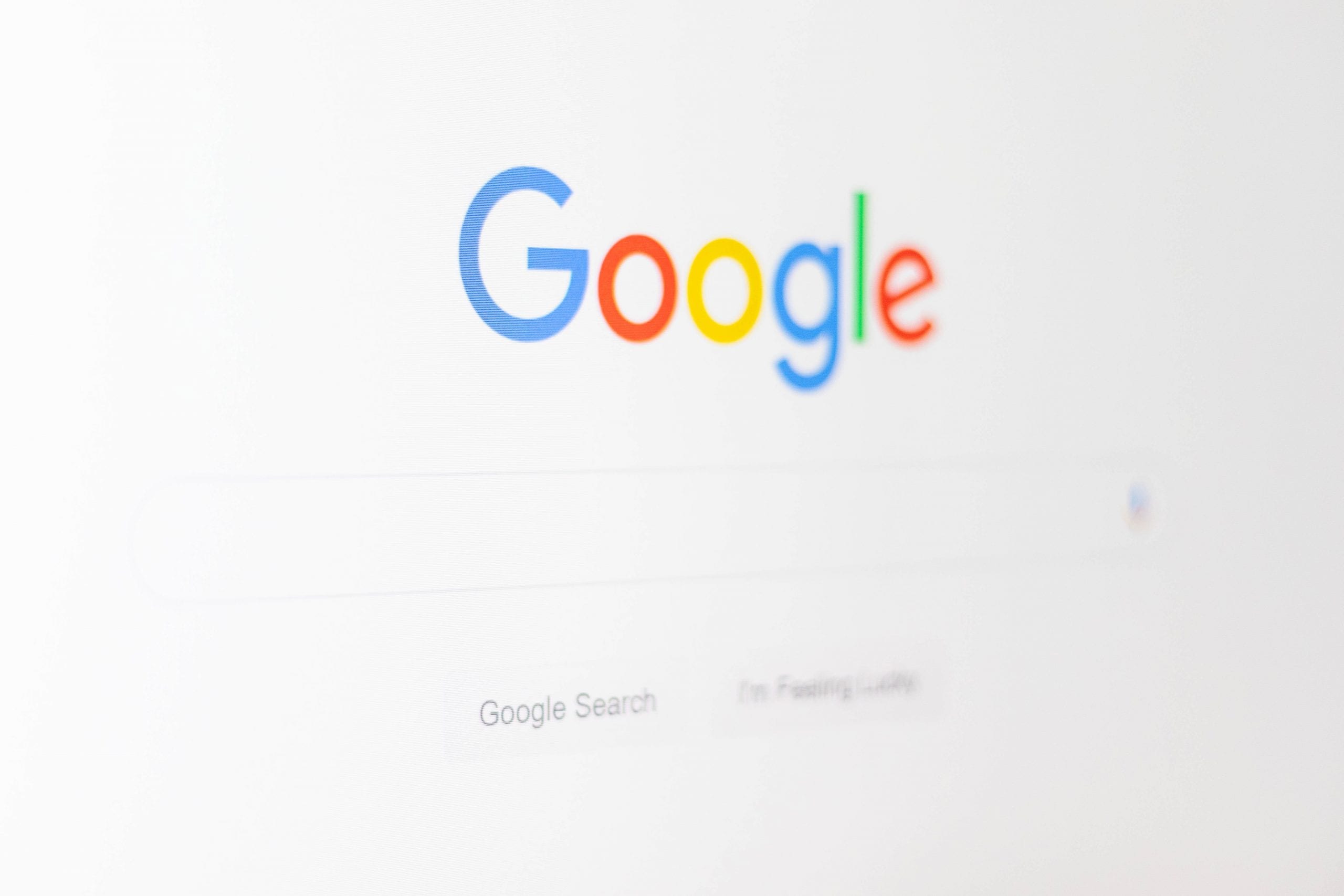On-site SEO or search engine optimization is all the stuff you can do on your own website that will make it easier for people to find your content via natural searches like a Google search. These are all things you can do yourself—or with only a little help—that can make a big difference for search engines.

The Page
- Decide what the page is going to be about. Choose one thing. It will make everything else work much better. We don’t want a page to be about both floor wax and dessert topping. Google will not be impressed by your indecision and will be more likely to just pass you by.
- Settle on the exact phrase or word you are going to use to describe that one thing the page is about. Let’s go with “dessert topping.” Now, get comfortable with this phrase. You are going to use it a lot on this page.
- This is really important. Write the page with really interesting and useful information about your chosen topic.
- Work the exact phrase that you are optimizing for into your copy as many times as you can without making the page an inane and stupid bore. (Remember #3 above.) If you cannot do this, see our post about choosing a website copywriter.
- Find a creative way to use your exact key phrase in bold and as a headline and if you can, as a subheadline in the body of the page. Remember #3 above. This content is for human consumption. Nobody wants to read a page that is vapid and repetitive so this may in fact be the hardest part—to balance editorial concerns with the need to optimize.
- Use your exact key phrase as the link for the page (www.yourwebsite.com/blog/exact-phrase). If you cannot do this on your site, it’s time for your web developer to fix your site so that you can.
The Links
- Now let the links begin. Cite your sources, your inspiration, and other authoritative resources that would help your gentile readers learn more about the subject you are writing about. The more authoritative, genuinely relevant, and useful the links are, the better. You should have a least 3 of these per post, but the sky is the limit. Set them to open in new tabs so that they are not whisking your readers away to new websites just to forget about you.
- Link to other related or supporting content on your own site. Again, the more useful the links are, the better.
- Create links from other pages on your own site that mention, refer to, or are related to your chosen subject matter. It’s best if you can use the exact phrase as the link, and better yet if some of these links are in bold on their respective pages. Don’t make your site an ugly mess on account of all this, but do what you can within reason.
The Meta
- Use the exact phrase you are optimizing for as the meta title for the page. If you must, you can add a subhead, but it should not be more than 70 characters.
- Include the exact phrase as the first words of the meta description for the page. The meta description should accurately describe what is on the page in 150 characters or less. This will be seen in search engines and used by people browsing and deciding whether or not to open the page, so think of this copy as a short advertisement for the page.
- Tag the page with 10 good tags that would be most useful in helping someone understand what the most instrumental use of that page is. Among these tags should be the exact phrase you are optimizing for.
The Photos
- Photo and video are important. Make sure your art is original or that you have the rights to use it. Name the assets with the exact phrase you are optimizing for (e.g., “dessert-topping.jpg”).
- Add a meta title and alt tags to the artwork that include the exact phrase.
The Other Half
The above overview covers the essential on-site checklist. Do these things and your searchability will improve. This brings us to the things you can do off site that will make a difference. First, the easy one that can be a part of this list:
- Bookmark the page on all your favorite social bookmarking sites. Tweet about it, and put it on your Facebook page and anywhere else you can put a link. These are not necessarily strong inbound links for this content, but they do help and you have control over them.
Full-on off-site optimization involves acquiring links from authoritative sources to your content. A link from the New York Times or CNN is quite valuable, but not easy to obtain. Links from respected or popular blogs are also very powerful and these might be easier to get, but this is a whole other conversation. If the content is first rate and you put it out there, it can get credible links of its own accord. If you want or need to push the needle a bit, you may consider hiring expert help for this part of the process, but even with only the above, you are already well on your way.
Photo by Christian Wiediger


Ask for help.
We are kind, thorough and ready when you are. You just need to ask.